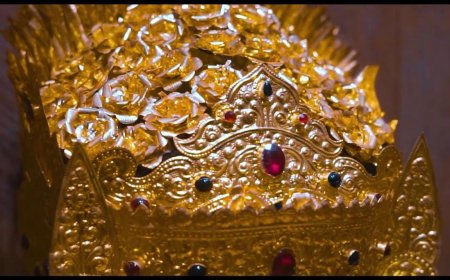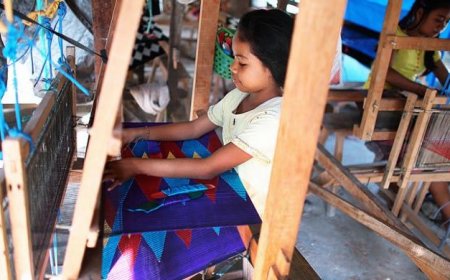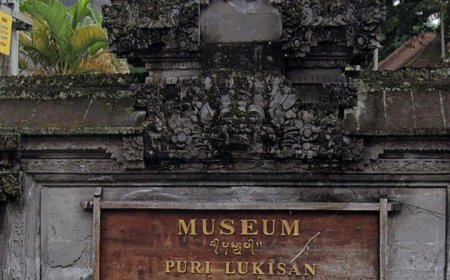Behind the Beauty of Selonding's Sacred Gamelan Chants
What is the meaning behind the chanting of Gamelan Selonding? Besides being used to accompany religious ceremonies or displayed in an art performance, the beauty of Gamelan Selonding's chants certainly attracts a lot of attention, but behind this beauty there are things that are no less interesting to know, namely the history and philosophy of Gamelan Selonding which is full of culture, customs and traditions of the Balinese region. This musical instrument is certainly one of the heritages of the Island of the Gods which is still very sacred and sacred. Gamelan Selonding has a close harmonization with Balinese life.
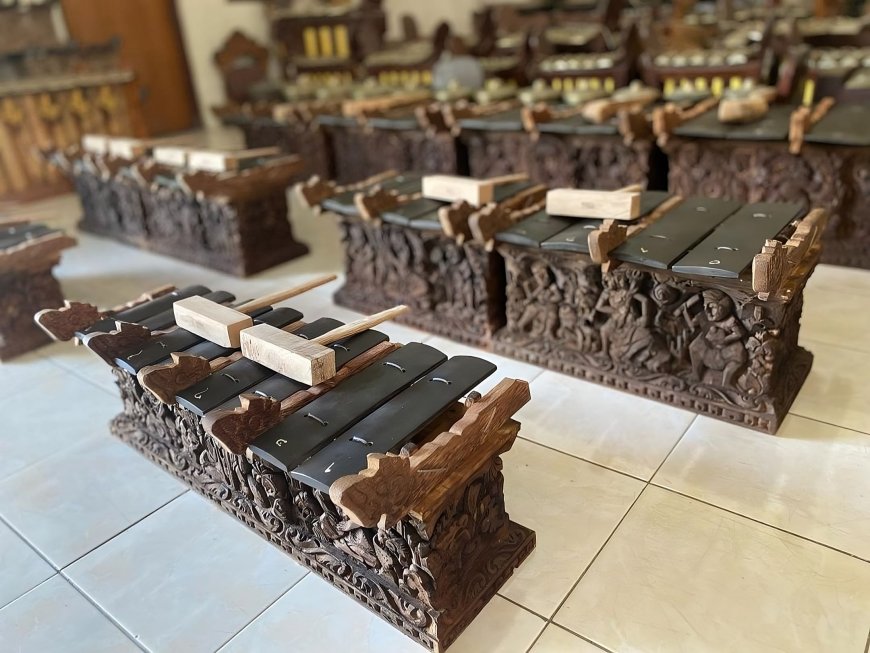
The Island of the Gods is an island that has so many different cultures and local wisdom, of course this is inseparable from the various types of musical instruments. One of the traditional Balinese musical instruments that people rarely know and is still very sacred is Gamelan Selonding. The sacredness of this musical instrument makes Gamelan Selonding rarely found or performed, therefore many ordinary people rarely listen to this traditional Balinese musical instrument.
Behind the sacredness and sanctity of Gamelan Selonding is the beauty of the chant, this is what makes Gamelan Selonding begin to be sought after and in demand by the public. When viewed in its history, Gamelan Selonding is a traditional musical instrument that has the highest sacred level in accompanying religious ceremonies (Hinduism) in Bali which uses the pelog Sapta Nada barrel.
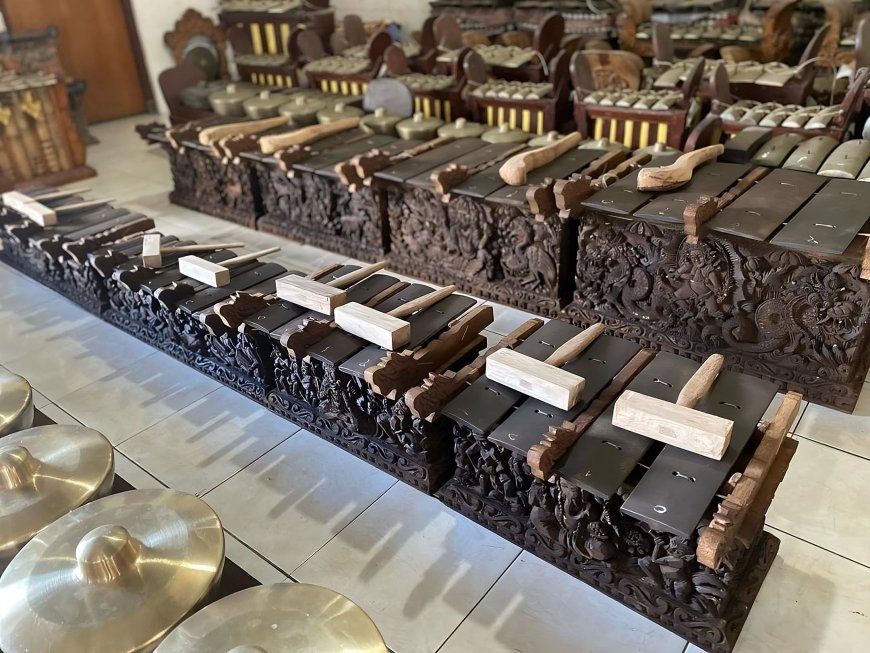
Gamelan Selonding (Photo Source: Prapen Balung Wesi Editorial Collection)
Gamelan Selonding's tunings include seven (sapta) pelog tones, consisting of five principal tones and two pemero tones. However, each tone can also function as the main tone, depending on the patet used. In Gamelan Selonding there are six patets, namely, Patet Panji Marga, Patet Sondong, Patet Sadi, Patet Salah, Patet Kesumba, Patet Puja Semara.
Please note that traditional Balinese musical instruments usually only use Panca Nada or Five Tones while Gamelan Selonding uses Sapta Nada or Seven Tones. Is there any meaning of the Sapta Nada?
In the history recorded in Lontar Prekempa, it is said that every music or gamelan comes from Suaraning Genta Pinara Pitu. Pure sound that comes from the universe is called Suaraning Genta Pinara Pitu, this sound has seven kinds of sound known as Sapta Suara. This sound comes from Akasa called Byomantara Gosa. One of the other voices called Arnawa Srutti is the true voice born from Apah. Other voices are named Agosa, Anugosa, Anumasika and Bhuh Loko Srutti. The last voice is the voice born from the element of Pertiwi. Thanks to Bhagawan Wismakarma Sapta Suara which is the True Sound is reassembled into Dasa Suara, resulting in five sounds Patut Pelog symbol of Sangyang Panca Tirta, then the remaining five sounds Patut Selendro symbol of Pralingga, namely Sangyang Hyang Panca Geni.
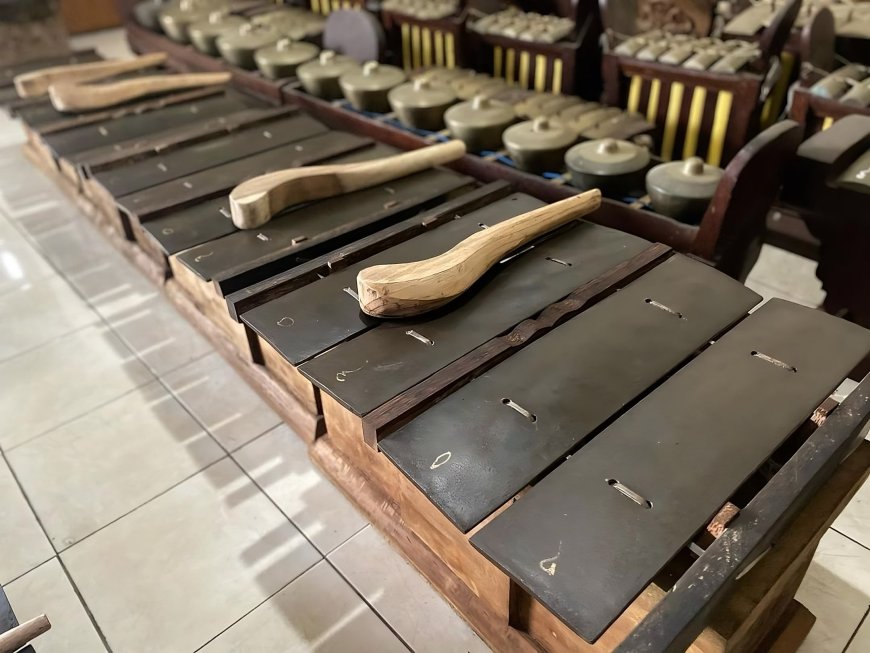
Gamelan Selonding (Photo Source: Prapen Balung Wesi Editorial Collection)
Besides having a history recorded in lontar, there is also a mythology that explains the origin of Gamelan Selonding. The Mythology says that in ancient times people in Tenganan Village heard a boom from the sky and the sound sound sounded wavy. The first wave originated in the Bongaya area (located to the east of Tenganan village) and the third wave originated in the Tenganan Pegringsingan village area. After the wave was born into this world, it was found that Gamelan Selonding had a total of 3 (three) keys. The blades were born then adapted and now Gamelan Selonding Tenganan has a total of 8 tungguh containing 40 keys, 6 tungguh each containing 4 keys, and 2 tungguh containing 8 keys.
Gamelan Selonding is spread in several regions in Bali, of course each region has its own characteristics, starting from the use of the gamelan and the pakem that is performed. Examples are Gamelan Selonding in Tenganan, Bungaya, Besakih, Bugbug, Timbrah, Asak, and many other areas.
If we look at the origin of the Selonding vocabulary, it comes from the word Salunding. H.N. der Tuuk in his book Kawi Balineesch-Nederlandsch-1984, stated that Salunding is identical to the gender gamelan.C.F. Winter SR said Salunding is a Saron gamelan. Wayang Warna mentions the vocabulary of Salunding as a sacred gamelan that is played during certain religious ceremonies.
In the Balinese language Selonding is taken from the words "salon" and "ning" which means holy place, because seen from its function is a gamelan that is sacred or sanctified. One of the areas in Bali that uses Gamelan Selonding is Bugbug Traditional Village, Selonding (which is kept near Pura Piit Bugbug) always accompanies the procession of major ceremonies at the temples in Bugbug, such as Usaba Sumbu and a series of Usaba Gumang at Bukit Juru. The players of Gamelan Selonding are of course selected people who have gone through self-purification.
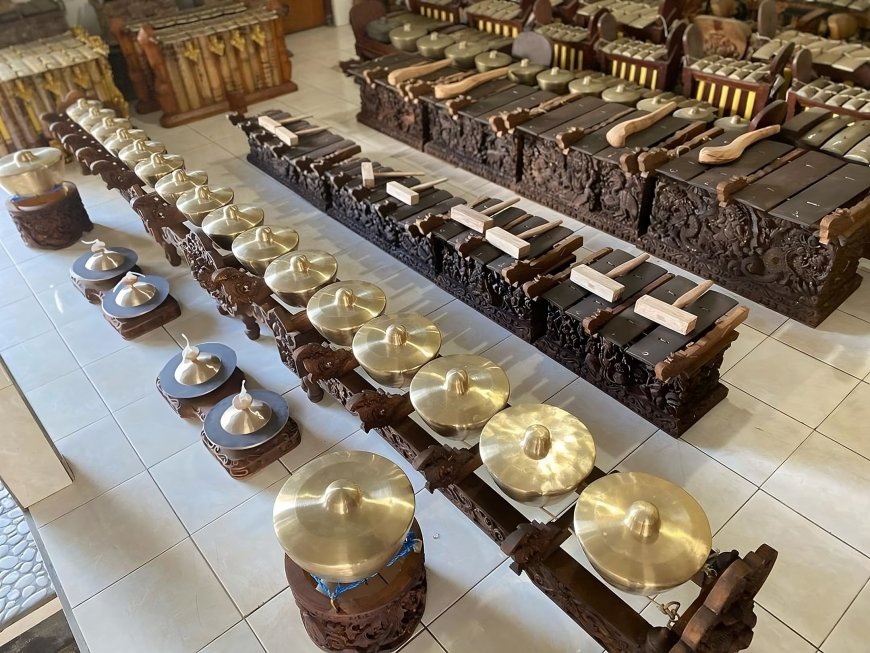
Gamelan Selonding (Photo Source: Prapen Balung Wesi Editorial Collection)
Over time, various efforts were made to preserve this Selonding Gamelan, apart from being used routinely to accompany religious ceremonies, Selonding was also adapted to be displayed at art performances as a form of preservation of this Selonding Gamelan. The introduction of Gamelan Selonding to the public certainly does not reduce the sacredness and sanctity of the Gamelan because the appearance of Selonding for Religious Ceremonies can only be displayed in certain places and times, namely Religious Events and requires means such as banten (Hindu religious facilities) to display it.
Gamelan Selonding is certainly a Balinese cultural heritage that is full of culture and has complete aspects of sacredness, beauty, and holiness. No wonder Gamelan Selonding has become a hereditary heritage that will not be lost by the changing times. The Selonding Gamelan itself has been registered as an Object Cultural Heritage by the Bali Cultural Value Preservation Center.

















































